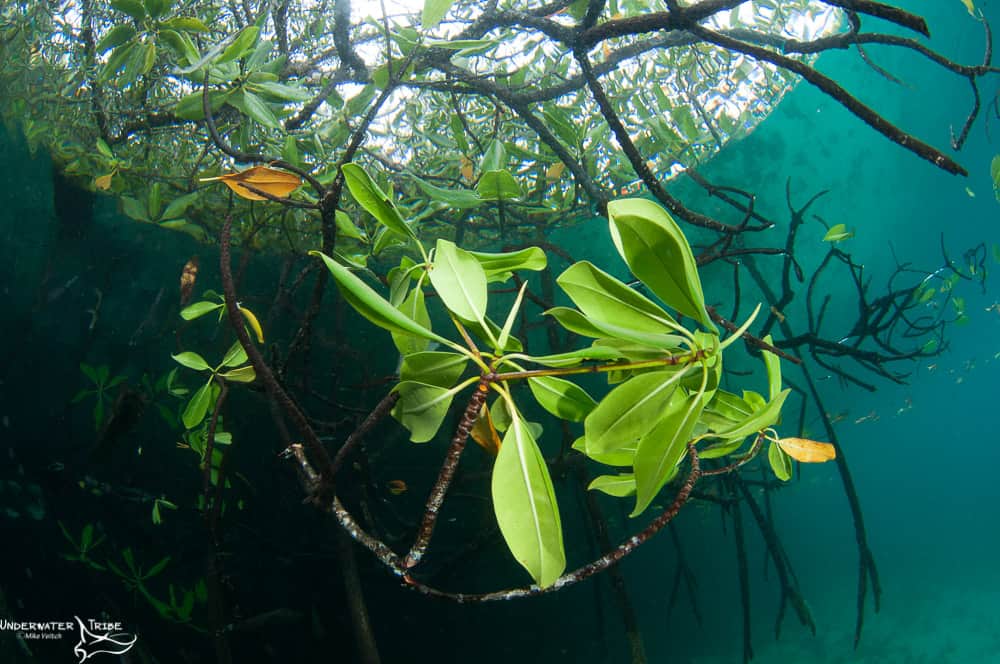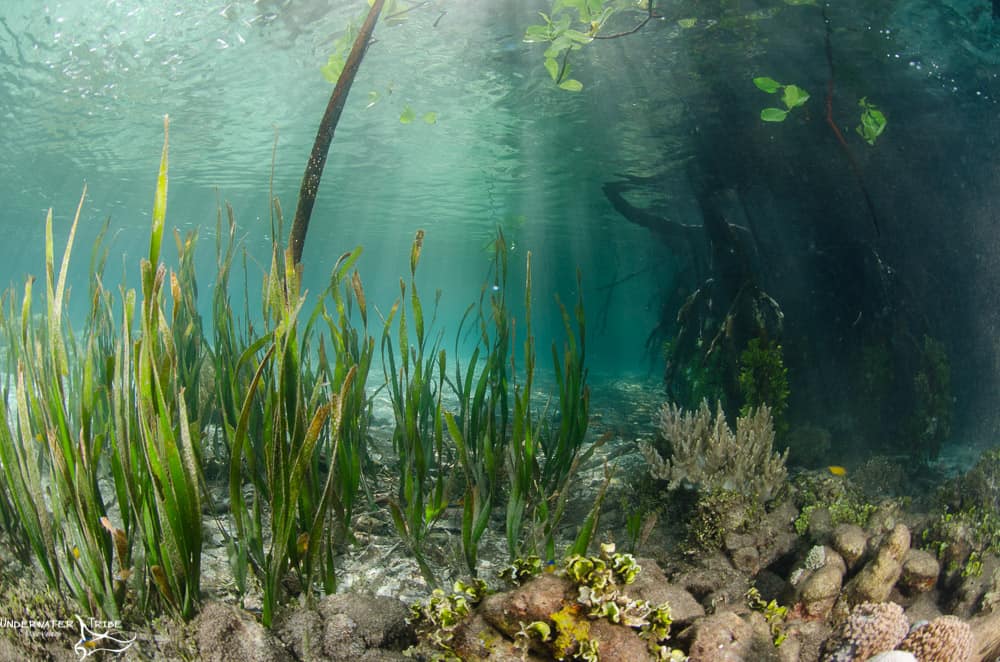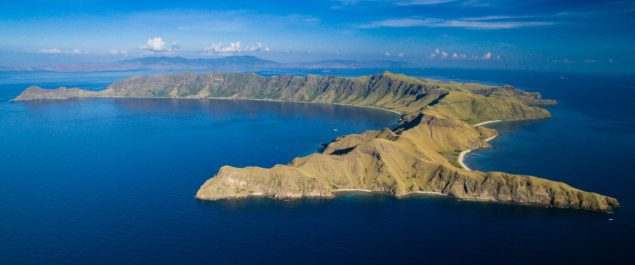Mangroves are not often on the top of destination lists for scuba divers. They tend to suffer from a negative reputation as swamps filled with brown water, mosquitos, or even crocodiles! Of course this is often true, many mangrove forests around the world are exactly that. However, there are a few magical mangroves in S.E. Asia and other areas of the world that offer incredible diving opportunities.

What are Mangroves?
Mangroves are a type of shrub or tree that grows in salt water where the land meets the sea. They occur mainly in the tropics and subtropics but will occasionally grow outside of these zones. These trees are complex organisms that have evolved to live in brackish and salt water. They have a unique filtration system that enables them to gain nourishment from sea water and filter out the salt. Mangrove systems are an important “carbon sink”, as they store atmospheric carbon and in return produce oxygen. They also play an important role in coastal protection from waves and storm surge. Sadly however, they are at risk from over development of coastal areas and mangrove swamps are rapidly decreasing across the planet.
Why Dive in a Mangrove?
For most people, their idea of a mangrove is a dirty swamp full of bugs and silt. In most cases this is correct, however, we know of several mangroves in Indonesia that offer an exhilarating experience. In coastal areas such as Raja Ampat, mangroves often border on deeper water of the open sea. This means that during high tide the water is relatively clear and deep enough for divers and snorkelers to enter. These areas offer a very unique opportunity to witness an ecosystem others rarely venture into. These “Blue Water Mangroves” are an incredibly complex ecosystem offering encounters rarely seen elsewhere. However, it’s important to go with the right operator as its not just any mangrove that offers swimming opportunities.

What to See?
One of the main roles of mangroves is to offer shelter to juvenile marine life. Many species of fish, as well as rays, will spend time in the relative shelter of mangroves. It’s easy to hide from potential predators amongst the tree roots and larger predators may find it difficult to enter the shallows. Countless species of smaller fish such as wrasse, needlefish, parrotfish, batfish, and others all spend time in the mangroves. There are other fish that are adapted to specifically live in these waters. Fish such as the flat topped archerfish have evolved to spend its life in the shallows. These amazing fish actually spit a stream of water at flying insects in order to feed! It’s not just the fish either. Many mangrove systems boast beautiful soft corals growing on the roots of the trees.

Photography in the Mangroves
For photographers, mangrove systems are a unique delight. With clear water and a high tide, if the sun is in the right position the lighting opportunities are abundant. The trees offer natural diffusion of the sun and create incredible displays. Finding the right foreground, such as a sponge or soft coral, is the key to a great photograph. One important tip is to move slowly and be careful of exhaust bubbles to keep the water surface still.
There are several places in the Raja Ampat area where we visit the mangroves. We will visit Raja Ampat once again in November 2022 aboard the wonderful Samambaia Liveaboard. If you would like to join us on this incredible trip then please contact us today. We look forward to visiting these amazing locations soon!



